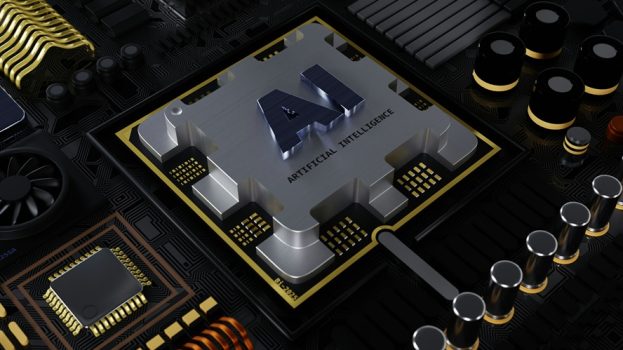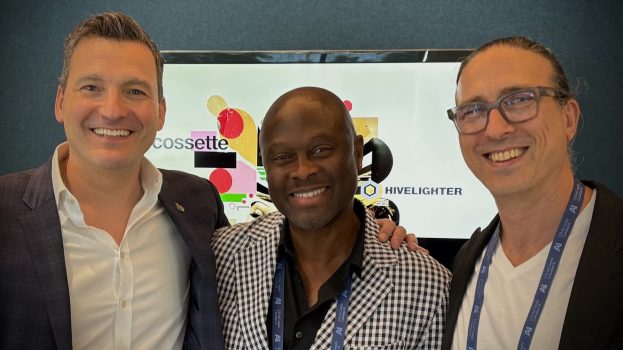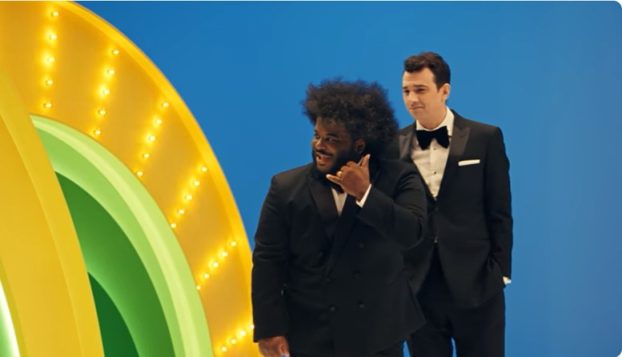By Mitch Joel
Last week was a weird week.
At the recent National Retail Federation’s Big Show in New York City, (where my closing keynote took place between a speech by former President of the United States, George W. Bush and Costco co-founder, Jim Sinegal, receiving a lifetime achievement), Jack Dorsey (Twitter and Square – at the same time) gave a keynote session titled, “The Receipt – A Communication Channel.”
That’s weird, right? Here’s the full description from the conference guide: “Jack Dorsey, CEO of Square and chairman of Twitter, will discuss the power of human connection and the ability to see big potential in the smallest of moments. With this philosophy in mind, Jack will focus his keynote on the untapped power of an often-overlooked artifact of commerce: the receipt.”
Is the next big disruption in marketing, retail and technology the sales receipt?
Do you remember the now-infamous Seinfeld episode where George Costanza’s wallet was so overstuffed with receipts (and yes, there was even some hard candy in there) it caused him to sit at a tilt when it was in his back pocket?
Does Dorsey believe the future is in alleviating the woes of these annoying little pieces of paper typically scattered between our wallets, purses, desk drawers and nightstands? Or that the future of better marketing is in leveraging this societal annoyance into a wanted piece of marketing content?
The short answer is yes. “What if we see the receipt more as a publishing medium — a product unto itself that people actually want to take home, that they want to engage with, be fully interactive with? What can we do with this everyday tool? What can we build into this canvas that’s actually valuable, that’s independent of the product you just sold? What can you give in this communication channel, this publishing medium, that people want to engage with?” he said during his presentation.
But, the only solutions to the questions that Dorsey provides were for retailers to add their Twitter handles to these receipts or to look at the many exciting ways Square (his mobile POS system) leverages the mobile wallet component of the system to give electronic receipts that ask for feedback and/or provides tips or whatever.
 Re/code described the presentation as, “crazy talk,” while Valleywag said, “Dorsey didn’t actually explain how any of this makes any sense at all, or is not a poor caricature of startup fever dreaming, so I’ll offer an idea: receipts are dumb and annoying, and we should just have them archived in our email somewhere in case we need them for taxes. No one should be trying to make receipts interesting. They’re receipts.”
Re/code described the presentation as, “crazy talk,” while Valleywag said, “Dorsey didn’t actually explain how any of this makes any sense at all, or is not a poor caricature of startup fever dreaming, so I’ll offer an idea: receipts are dumb and annoying, and we should just have them archived in our email somewhere in case we need them for taxes. No one should be trying to make receipts interesting. They’re receipts.”
In the end of that Seinfeld episode, George’s wallet exploded. Dorsey’s thoughts may have had the same comical climax.
Or did it?
While Dorsey may have radically changed the way we communicate in 140 characters and how we can use our mobile devices to pay for everyday things (without even having to remove it from our pockets), he may not know how many brands have been leveraging their sales receipts over the past few years.
Supermarkets often use this channel to offer coupons and discounts: Chipotle asks patrons of their restaurants to enter the code at the bottom of their receipt for access to the customer-only bathrooms, while Staples uses the space to encourage customers to take a survey.
Perhaps the spirit of Dorsey’s comments is more profound and important than the examples he provided or the snarky tech pundits’ discourse.
At a macro level, Dorsey is right about brands needing to get better at taking every opportunity to optimize and maximize a moment of engagement. Perhaps the sales receipt should be perceived as an archetype for a very commonly used form of communication in dire need of an upgrade?
What about thinking about those smaller moments (instead of the big campaign), the ability to have a more human connection (instead of pimping more coupons) or the ability to always add value (along with information)?
Sales receipts may not be the next great marketing disruption, but thinking about better ways to blend a traditional form of communication that consumers are already accustomed to with technology is a surefire way to make marketing better, more interesting and, when done well, perfectly disruptive.
What do you think?
[iframe_youtube video=”yoPf98i8A0g”]
Mitch Joel is president of Twist Image. His first book, Six Pixels of Separation, titled after his blog and podcast of the same name, is a business and marketing bestseller. His latest book, CTRL ALT Delete, is out now.
Receipt image courtesy of Shutterstock























